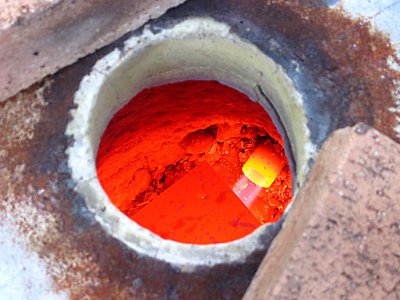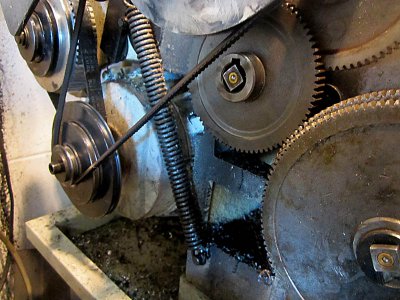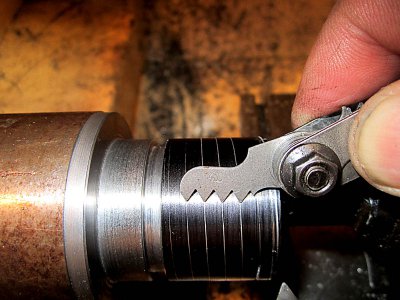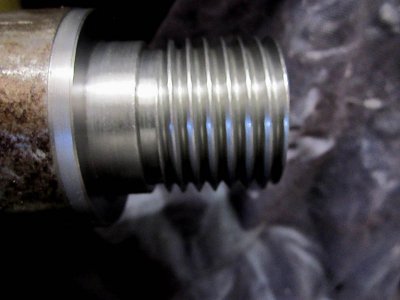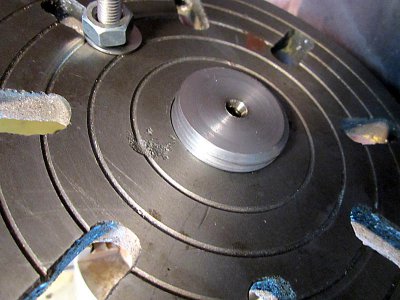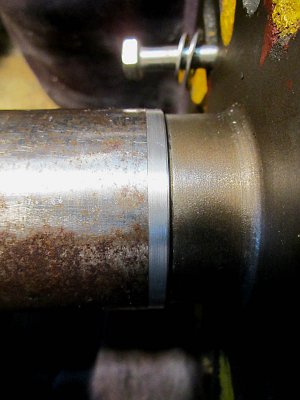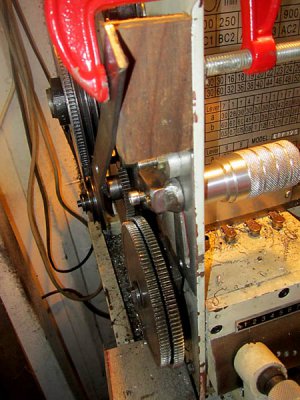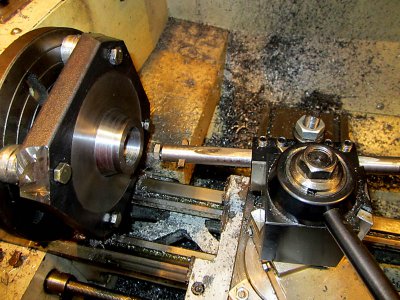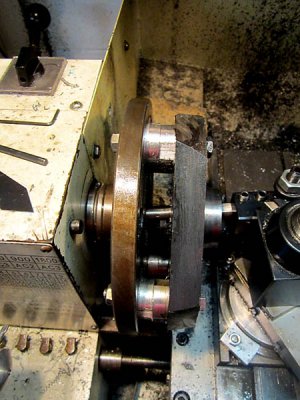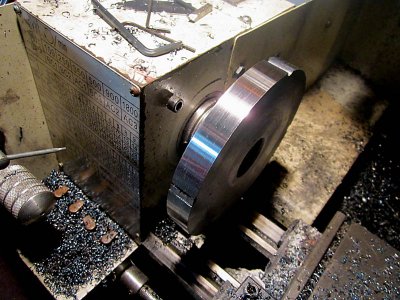- Joined
- Apr 23, 2011
- Messages
- 2,476
good to see progress made Charles. Presumably you have the register as a nice fit to locate the chuck and not overly close tolerance?
Ink up the back plate with bearing blue and put it on the chuck. If you can fit it together and get it apart without needing to rotate the parts then the bearing blue will leave impressions where the holes need to be. The holes should be drilled slightly oversized anyway so the screws dont try to apply any lateral force to the assembly.
Cheers Phil
Ink up the back plate with bearing blue and put it on the chuck. If you can fit it together and get it apart without needing to rotate the parts then the bearing blue will leave impressions where the holes need to be. The holes should be drilled slightly oversized anyway so the screws dont try to apply any lateral force to the assembly.
Cheers Phil


